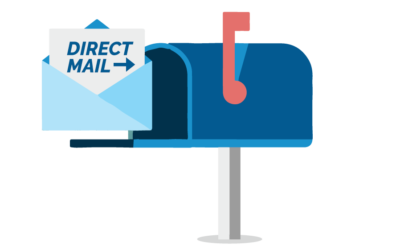Most of us would agree that marketing is an investment. We spend money and we expect ROI. We’re willing to do some testing to find something new that might work better, but by and large we want to make money or acquire a lead or move someone through the funnel with the money we spend.
To gain some perspective, think about your financial investment portfolio for a moment. How do you decide what mutual funds, ETF’s, or stocks to purchase or put in your 401K portfolio or retirement plan?
Do you pick the ones with the cheapest share prices? Probably not. Maybe you take a long shot and spend a few bucks on some penny stocks, but most of us wouldn’t bet the farm on those. It’s probably safe to say that you’re going to look at return on investment, maybe over the last year, 5 years or 10 years. You’re looking for proven winners.
This may seem like an extreme example, but we see the same mentality being used on direct marketing tactics. Many marketers opt for vehicles with the lowest outbound cost. For the record, the metric that matters in acquisition is cost per acquisition. That is derived by dividing campaign cost by number of new customers acquired.
There are a few examples where vehicles like shared mail and acquisition email are the winner. For instance, if you’re hawking pizza or roast beef sandwiches, shared mail is a great idea as customer value is low.
Here are the big questions: Does the impact of a standalone direct mail piece, that is highly visible, produce significantly more customers than a shared mail piece or acquisition email or social media touch that are lower outbound cost? The resulting question: Will it result in significantly more acquisitions than these lower outbound cost tactics – enough to warrant the outbound cost difference?
For the record – when NCA acquisition cost is the metric, standalone direct mail is often the winner.


